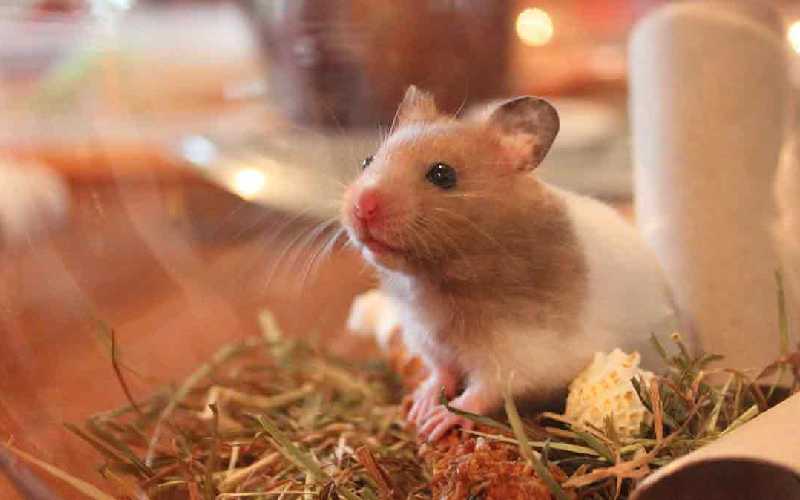hamsterhappy.co.uk is a participant in the Amazon Services LLC Associates Program and other affiliate advertising programs designed to provide a means for us to earn fees by linking to Amazon.com and affiliated sites. Affiliate links may be used on this page and in hamsterhappy.co.uk articles, but they do not impact on the price that you pay and they do help me to get this information to you for free. Read my privacy policy for more information regarding affiliates.
As much as we would like to simplify the answer to the question ‘Can Hamsters Live Alone?’, many factors have to be considered and taken into account when housing hamsters. In order to determine if it is ideal for a hamster to live alone, we must look at their species and evaluate their nature. The three most common species of domestic hamsters are the Syrian Hamster, The Chinese Hamster and the three variations of Dwarf Hamsters.
Syrian Hamsters on the other hand are absolute loners. They really thrive alone and don’t enjoy company very much. They choose to be solitary and they stick to their nature in a very independent way. This species of hamsters usually see other fluff balls as enemies, and they will do whatever it takes to defend their territory. Because of this, they can engage in fighting quite often. Forcing Syrian Hamsters to live together can be very detrimental to their health not only because they can injure each other, but because the stress levels of having the unwanted company of other hamsters can make them develop serious health issues. Chinese Hamsters are similar to Syrian Hamsters. They often prefer living alone, although they are not nearly as aggressive as the latter, the same risk is latent when forcing them to cohabitate with other hamsters.
Dwarf Hamsters are the exception to the “living alone” rule. They can live in pairs with other dwarfs of the same species and often form a strong bond with their cage mates. Campbell’s, White Winter and Roborovski are the three different species of Dwarf Hamsters. Housing them in pairs or in groups can help build a stronger bond with each other and a more dynamic relationship between owner and pet. It is important to know that you cannot have different species of hamsters living together. They can only live together with hamsters of the same species. That being said, Campbell’s can live with Campbell’s, White Winters with their own, and Roborovskis with others of the same name.
Now, the thing with Dwarf Hamsters gets tricky. They are very social hamsters among their own, but their personalities have to match in order for them to build any kind of bond with their roommates. Much like humans, Dwarf Hamsters pick who they live with and even when pairing them in the recommended ways, there is never a guarantee that your hamsters will like each other. You should always keep an eye out for any sign of discomfort between the hamsters or even small fights breaking out. In the case that things get a bit rough, you might need to separate them.
If you want to get a group of dwarf hamsters, it is advised to never house them in odd numbers. Dwarf Hamsters have the tendency to develop pairing bonds that are exclusive, and therefore, when there is an odd one out in a group, it often becomes the target to unprovoked attacks. Although it does not always happen, it is an ever present risk when the conditions are set out to be this way. It’s better to be safe than sorry and house them in pairs. If you are willing to take the risk and you want to house them in odd numbers, please have a spare cage available in case that they become hostile and need separation.
Long story short, hamsters can live alone and some in fact have to. If this article answered your question and you want to further expand your knowledge about Hamsters, you might want to know more about Hamster Breeding.
If you enjoyed this article you might also like to read about:


